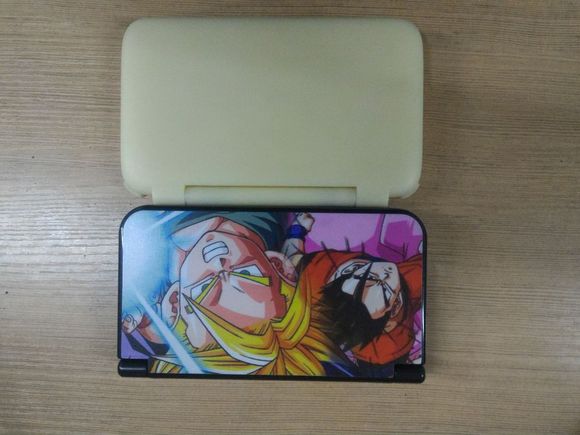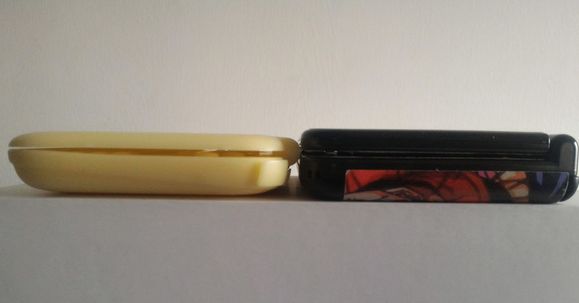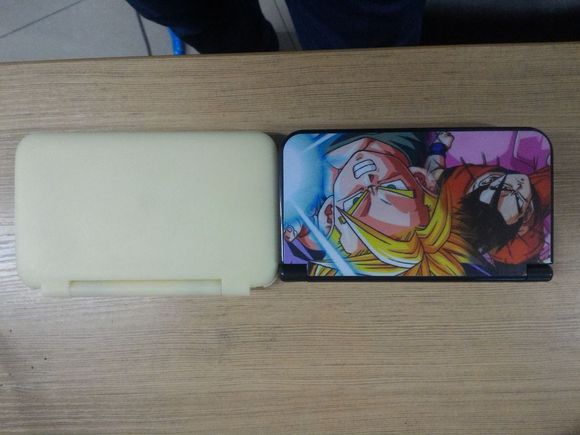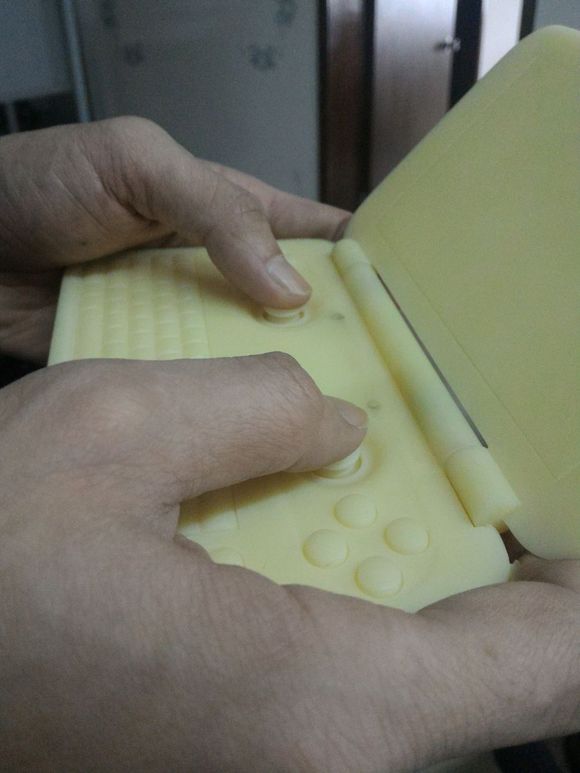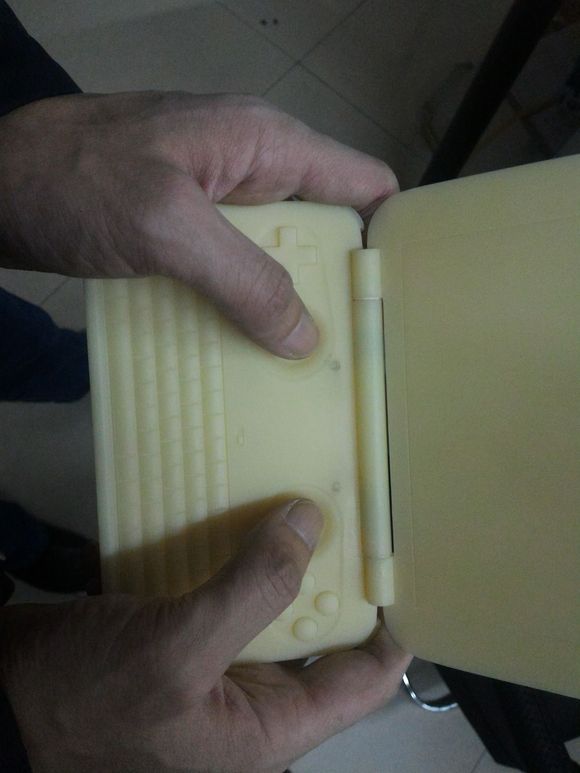+1 Especially the 3 SD cards and 4GFrankly, the Pyra's specs (2 SD, 1 uSD, eMMC, 3 USB, HDMI, backlit keyboard, WiFi, BT, 4G, 6Ah, etc) works better for me regardless of ARM or X86. The bits that would be missing from the GPD device are all pieces that I intend to use extensively.
We didn't choose x86 because we'd have to create our own bios. That's the main reason I think.
The OMAP5 won't be that good with x86 as the CherryTrail, especially games. It's too old.
But if we could get a real good Cortex A72 then it might no be a huge difference.
In the end it all comes down to sales numbers. Enough sale = enough money = paid developers, more attention from the big ones.


